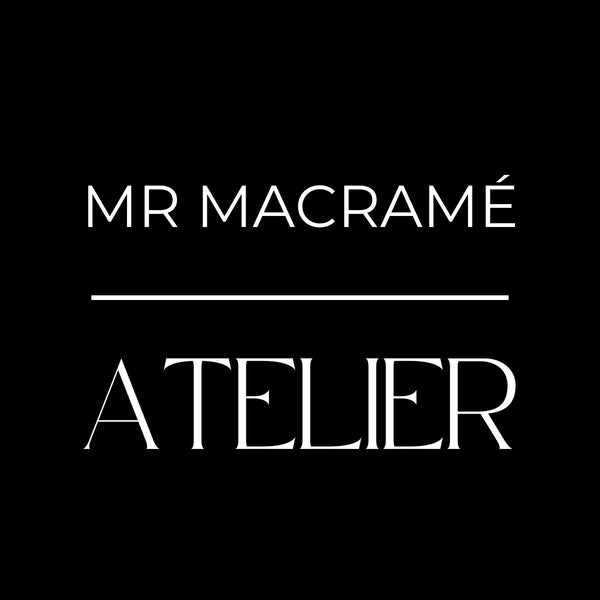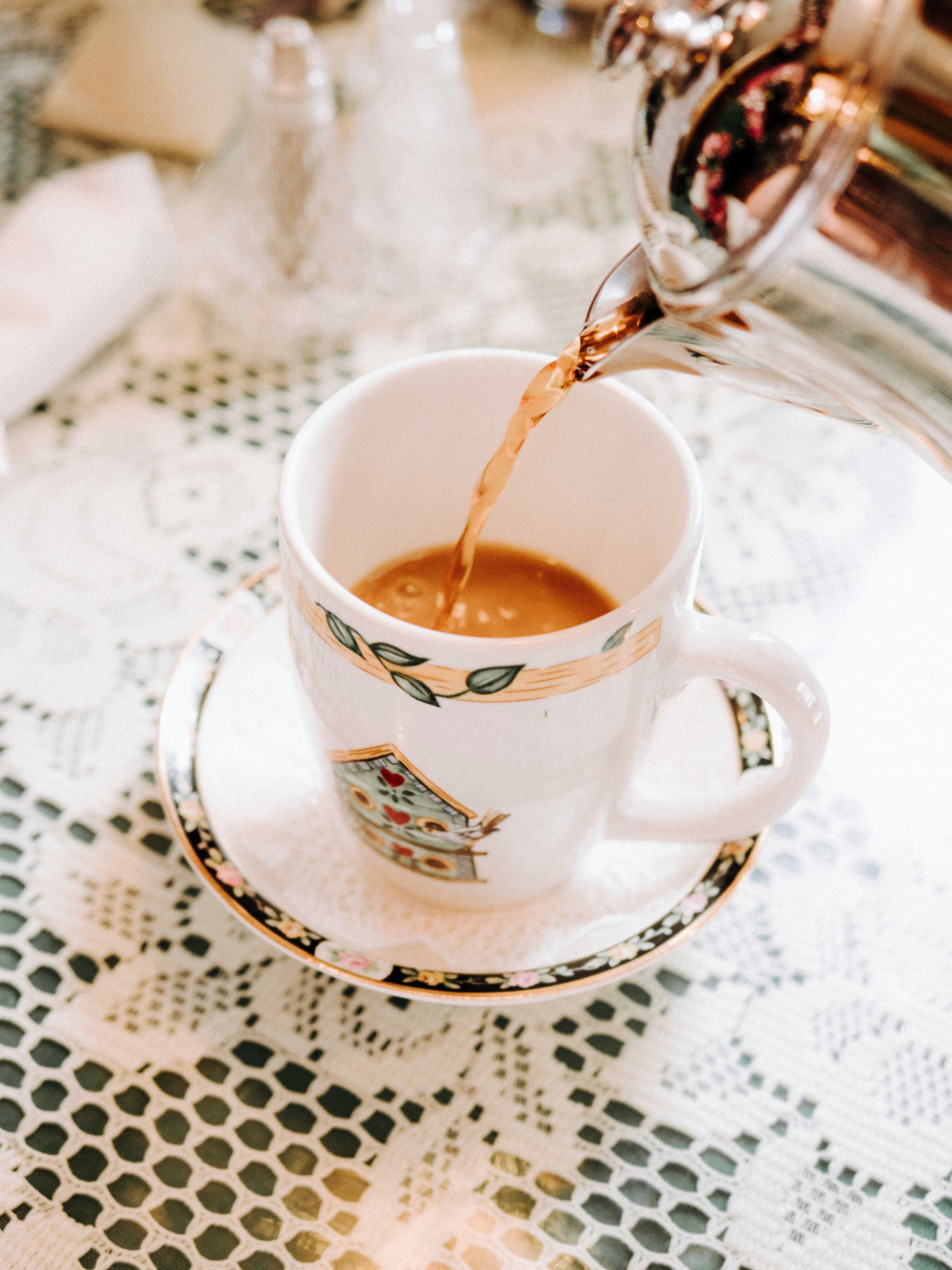
Queen Mary II and the Knots of Power:
How Macramé and Lace Shaped English Royal Fashion.
When stepping into the quiet halls of Nottingham’s Lace Market, the hum of history felt almost tangible. The brickwork still encapsulates a time when thousands of hands looped fine threads, creating patterns, once worth more than gold. The threads wove not just fabric but narratives of power, identity and art.
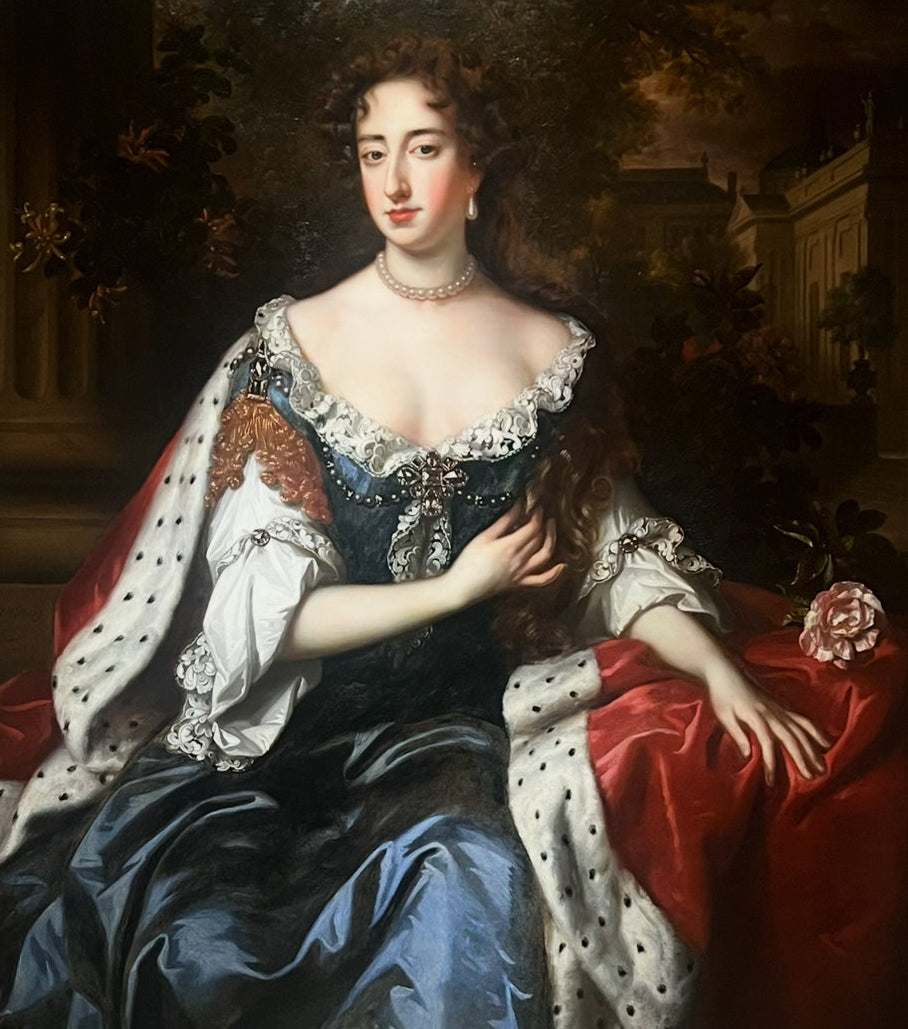
England’s lace story is not just decorative
—it's deeply political, fiercely artisanal and intimately tied to the women at work. Conditions, in dimly lit lace houses, made for the queens who wore them. One figure stands out: Queen Mary II, a monarch whose love for lace and macramé elevated these fine textiles from a craft into a symbol of courtly sophistication and royal prestige.
In the late seventeenth century when Mary ascended the throne alongside William III, fashion at court became a stage on which national identity and power were performed.
Lace, both handmade and imported, adorned cuffs, collars, furnishings, they transformed garments into declarations of wealth and taste.
At the time the textiles were sourced from European countries, Mary’s patronage encouraged artisans across England; Buckinghamshire, Devonshire, Bedfordshire and Nottinghamshire to innovate and refine these techniques. Even macramé, at the time associated with sailors, found new life in the hands of these royal makers.
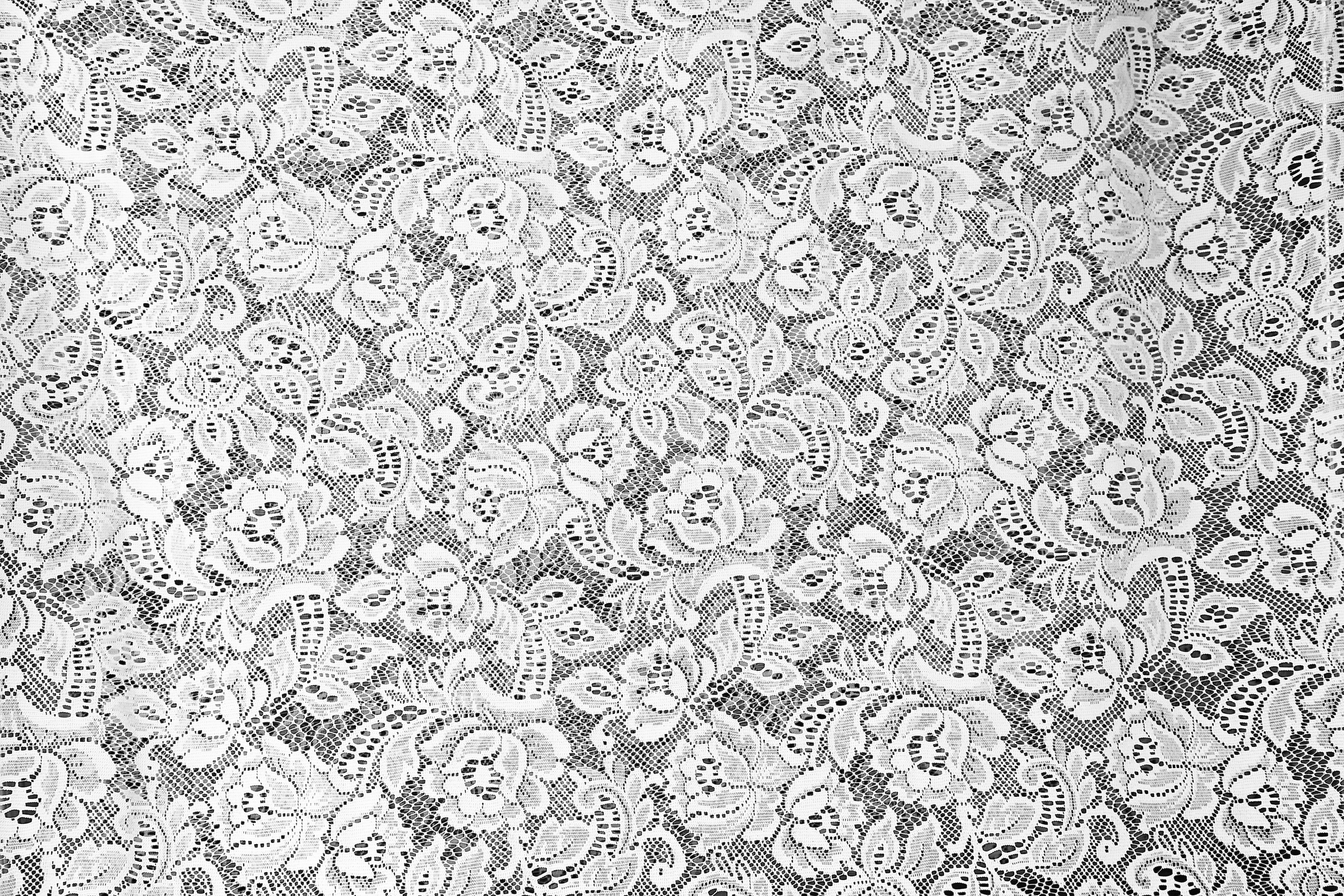
The beauty of English lace was often born from hardship. In the factories of Nottingham during the 18th and 19th centuries. Rows of women and children worked by candlelight, with the air thick with cotton and flax dust. The rhythmic clicking of bobbins and the hiss of steam-driven machines filled the rooms. Child apprentices, no older than seven, sat for hours threading and knotting with their dextrous small fingers. Official records of wages from the period describe twelve‑hour shifts, sometimes longer, with barely a break for food or rest.
In the Shires rural cottages the conditions were no less harsh. Many families relied on lace-making as supplemental income, Children often taught the craft as soon as they could hold a bobbin.
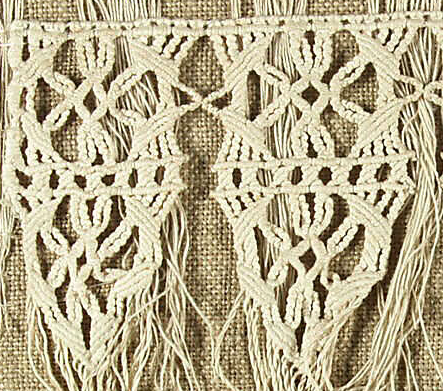
A single mistake could spoil a length of lace that had taken weeks to produce so the pressure was immense. The lace they created, delicate Bedfordshire floral patterns or geometric grounds, would eventually adorn the sleeves and collars of the wealthy, far removed from the cramped workrooms and sore eyes of those who made it.
Pictured - 16th Century Lace - Itallian 'Punto a Groppo' article. Source - The MET museum.
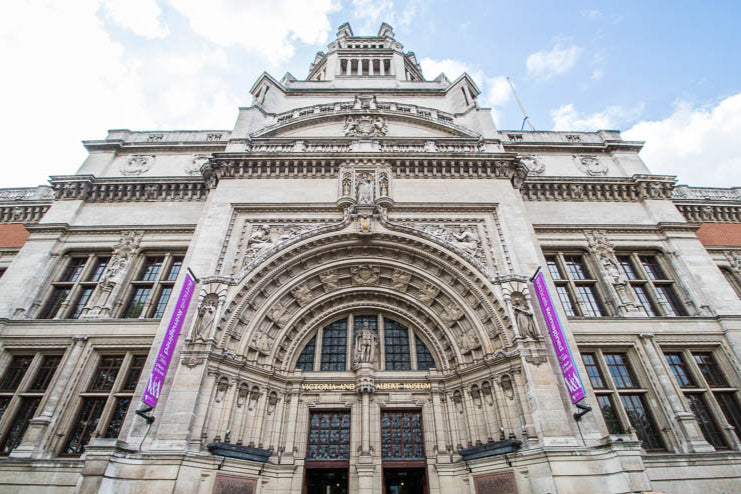
Surviving examples of such royal textiles are rare, but documented pieces still exist.
In the Victoria and Albert Museum, London, you can find exquisite 17th‑century needle lace and macramé panels attributed to royal workshops of the era.
Click here for the online gallery.
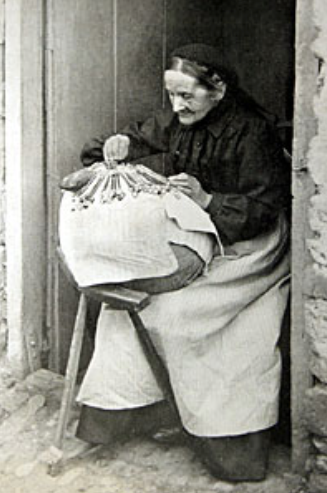
The Fashion Museum in Bath holds samples of fine English lace, similar to those worn by Mary’s court. This museum is currently closed for but looks to reopen in 2030 as a ground-breaking new cultural institution for English Fashion.
Across the midlands, the lacing community is still very much alive. The' Lace Guild Library and Gallery' is available to visit regluarly.
To discover more and to book a visit, check the link below.
Discover More Story Telling Textiles
-
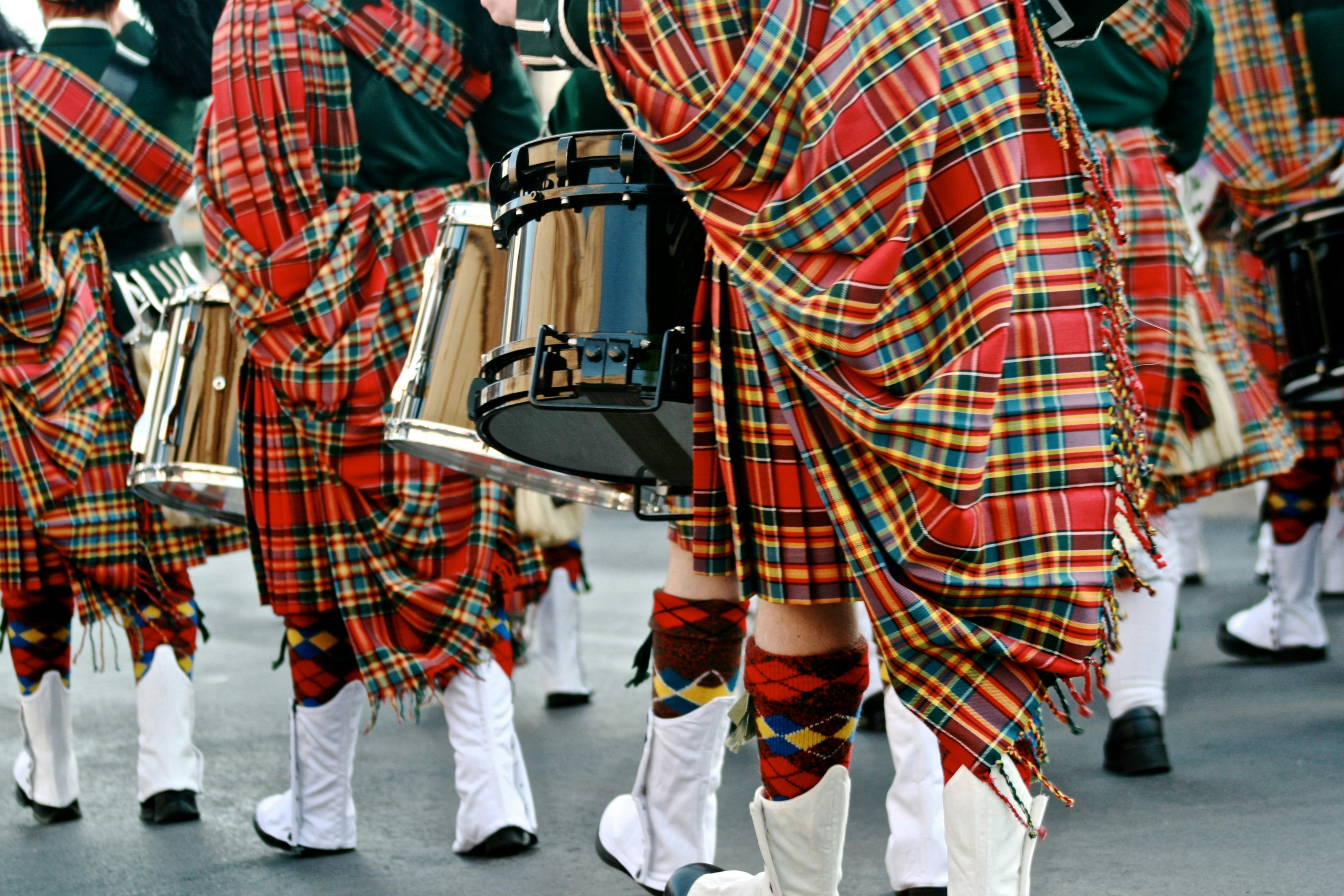
Scottish Tartan
-
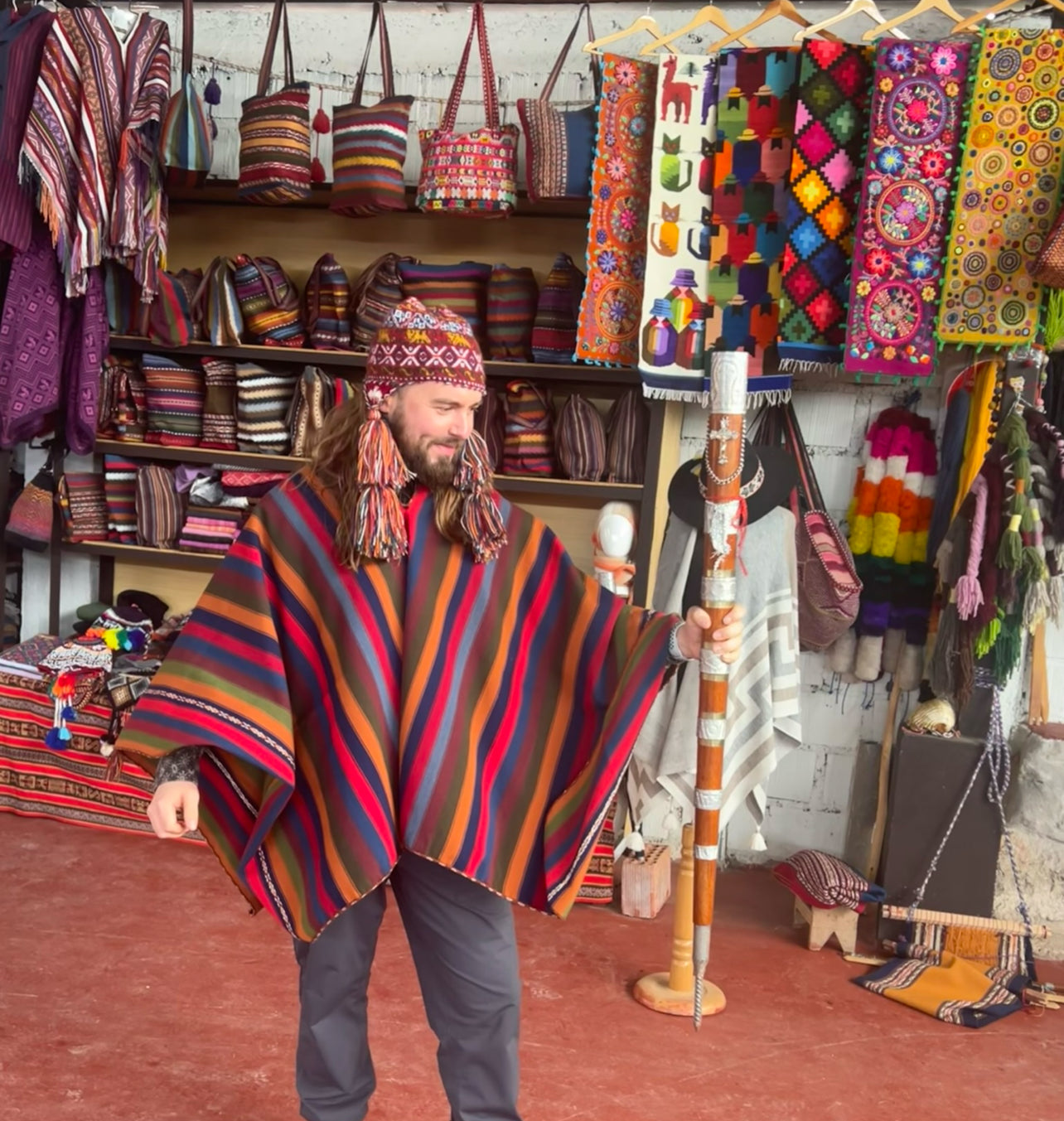
Peruvian Textiles
-
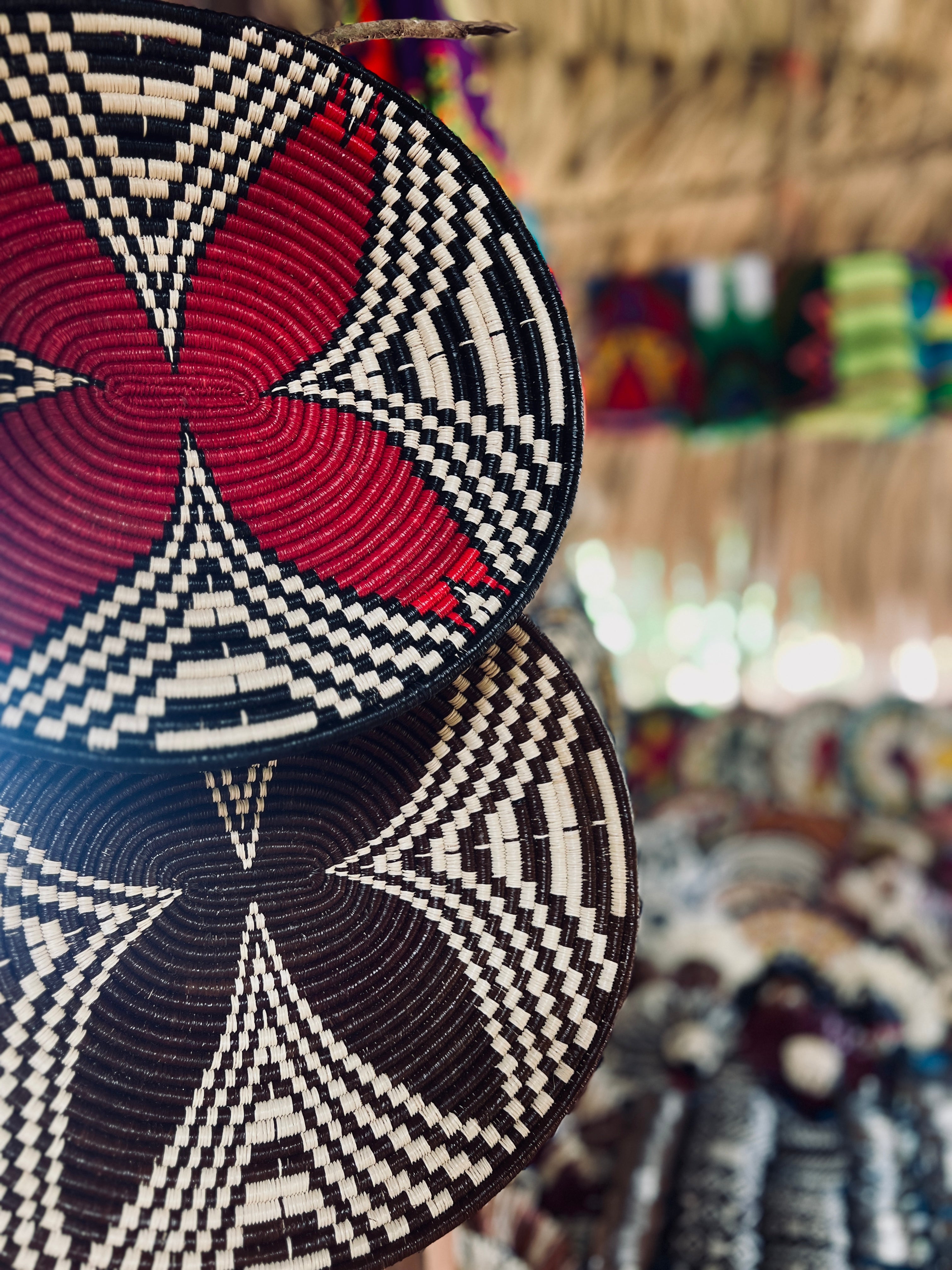
Panamanian / Colombian Craft
